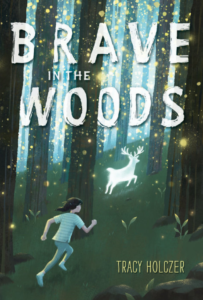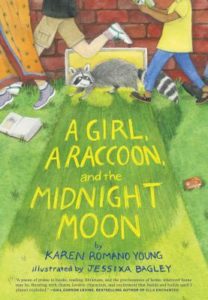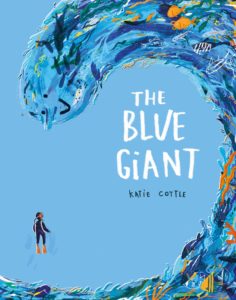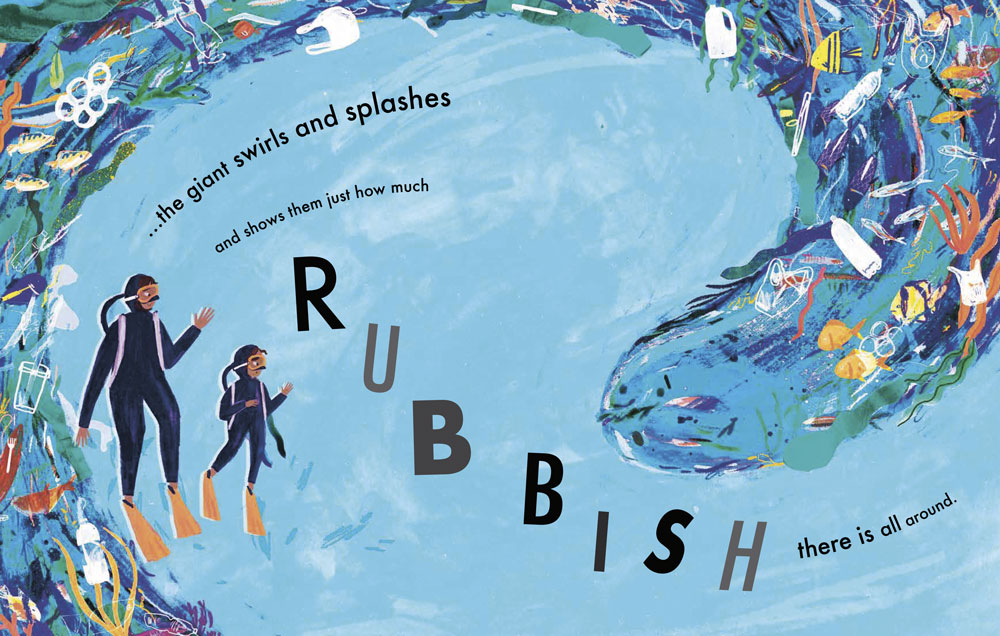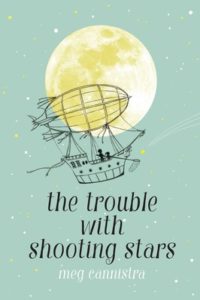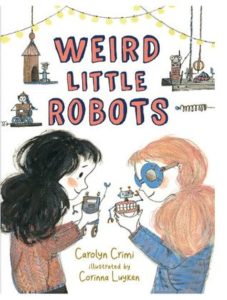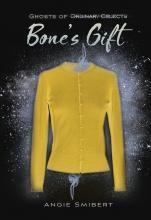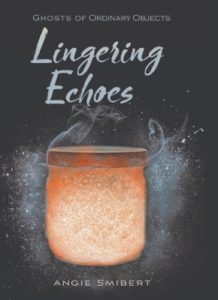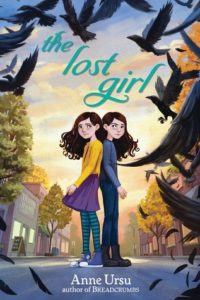Brave in the Woods
Author: Tracy Holczer
Published January 5th, 2021 by G.P. Putnam’s Sons Books for Young Readers
Summary: Critically acclaimed Tracy Holczer returns with a heartrending tale about a girl descended from the Grimm brothers who sets out to break what she thinks is a family curse.
Twelve-year-old Juni is convinced her family is cursed. Long ago, her ancestors, the Grimm Brothers, offended a witch who cursed them and their descendants to suffer through their beloved fairy tales over and over again—to be at the mercy of extreme luck, both good and bad. Juni fears any good luck allotted to her family she used up just by being born, so when she wakes up in the middle of the night with the horrible feeling like antlers are growing from her head, she knows something is wrong. The next day she learns her older brother Connor has gone missing during his tour in Afghanistan.
Her family begins grieving his loss in their own ways but Juni can’t help but believe that his disappearance means the family curse has struck again. Juni is convinced the only way to bring her brother home is to break the family curse and so she sets out on a quest to do just that.
From Charlotte Huck honoree Tracy Holczer comes a stunning new novel about the power of stories, the enormity of grief, and the brilliancy of hope.
About the Author: Tracy Holczer lives in Southern California with her husband, three daughters, and two rather fluffy dogs named Buster and Molly. She has a deep love for the mountains where she grew up, the lakes and rivers that crisscrossed her childhood, so she writes them into her stories. The Secret Hum of a Daisy was written in praise of both nature and family, and all that can be found there if you’re willing to hunt for treasure. Following her debut, Everything Else in the Universe was published, and Brave in the Woods is her third novel.
Praise:
★ “This is a beautiful tale of love and grief, friendship and family, and of hope. . . Give this to readers who loved Ali Benjamin’s The Thing About Jellyfish and Kate Allen’s The Line Tender. . . Holczer’s use of humor, thoughtful imagery, and magical realism elements makes this a wholly unique blend of modern fairy tale, hero’s quest, and coming-of-age story. A suggested purchase for all middle grade collections.” —School Library Journal, starred review
“Holczer’s clear, gentle prose allows the emotional and descriptive elements of the text to shine in this multilayered road-trip story . . . A thoughtful exploration of grief, family lore, and human connection.” —Kirkus Reviews
“By turns heartbreaking and humorous, this is a story that hints at the possibility of magic while remaining rooted in real-world problems and relationships. There is love and hope amid the grief and confusion, just as the Grimm tales contain both wonders and horrors in their own right. A heartfelt lesson on the power of love and the tales we tell ourselves.” —Booklist
Review: Brave in the Woods is the story of grief, hope, true friendship, love, and truth. With Holczer’s brilliance of story telling, just about every emotion is felt while reading this novel as Juni goes through all of the emotions alongside us. And with just a dash of magical realism, the story has a magical feeling weaved throughout it from beginning to end.
Add to these emotions a road trip, fun and unique characters, a dog (and a ornery cat), and a quirky family history, and you have a must read middle grade novel for so many readers who need this story.
Teachers’ Tools for Navigation: Juni’s family legend says that they are related to the Grimm Brothers, so there are allusions to the Grimm fairy tales throughout the book. Use these to introduce and discuss allusions.
Discussion Questions:
- Why do you think the author chose a stag throughout the novel?
- Why was it so important to Juni to get Elsie?
- Which of the characters who helped Juni along the way do you like the best? Why?
- How are Juni and Anya alike?
- How are each of the characters grieving differently?
- How does the author compare bees and asthma?
- How does the author use the setting like a character to drive the plot?
Flagged Passages: “Chapter 1: Velvet Bones
Juniper felt it when her brother disappeared.
She was certain of this.
Oddly, her lungs didn’t go all wonky the way they sometimes did when bad things happened. Like a hive of bees inside her chest, using up every bit of her breath with their buzzing and swarming.
That feeling would come later.”
Read This If You Love: The Remarkable Journey of Coyote Sunrise by Dan Gemeinhart, Ikenga by Nnedi Okorafor, Clean Getaway by Nic Stone, Other Tracy Holczer novels
Recommended For:
